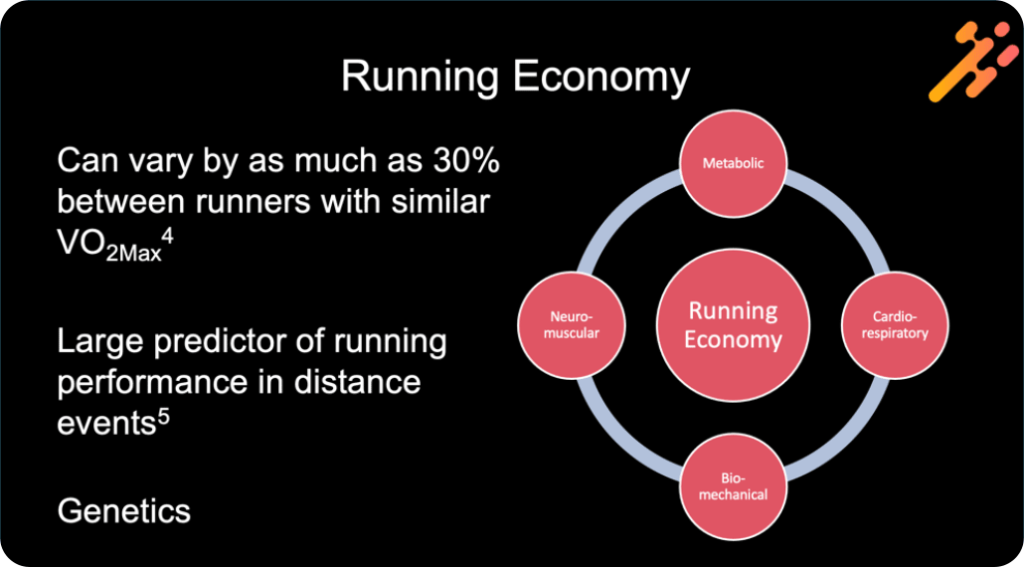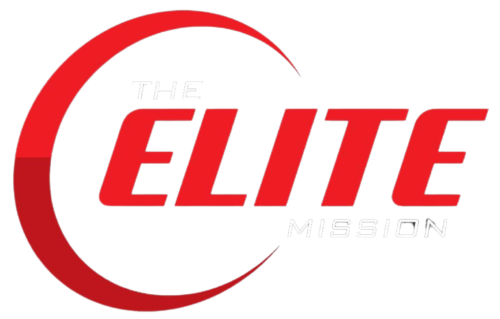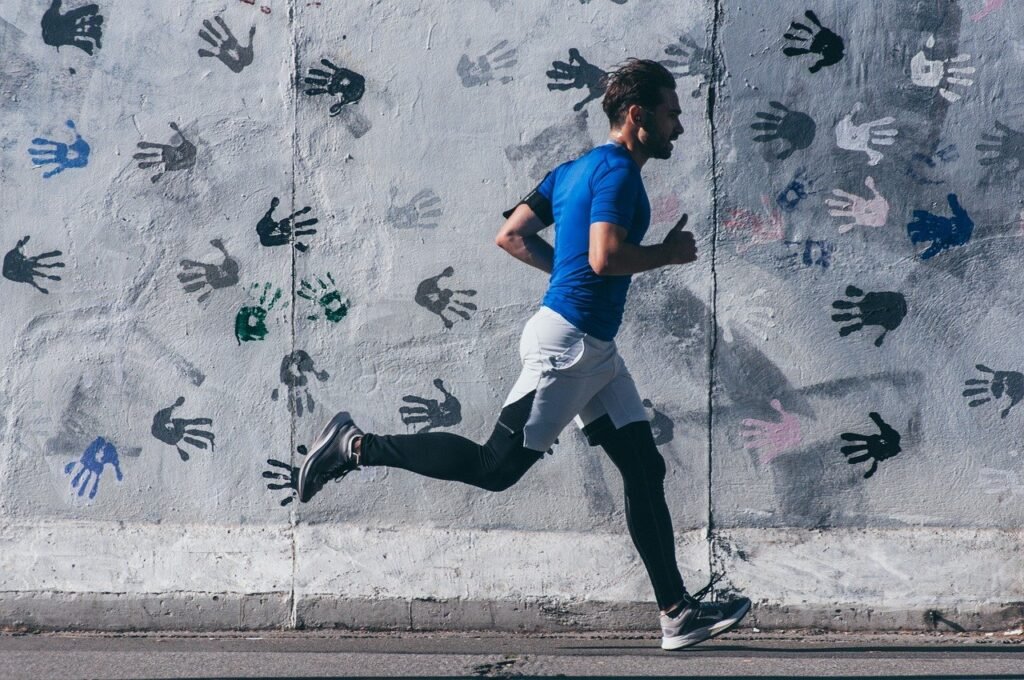When it comes to elite running, athletes and coaches often emphasize VO2 max as a key indicator of performance. VO2 max measures the maximum amount of oxygen an athlete can use during intense exercise. While it’s a crucial metric, it’s not the only factor that determines a runner’s success. Among athletes with similar VO2 max levels, running economy can be the differentiating factor that propels one runner to victory over another.
Understanding Running Economy
Running economy refers to the amount of energy a runner expends to maintain a given pace. It’s akin to the fuel efficiency of a car; just as a more fuel-efficient car can travel farther on the same amount of gas, a runner with better running economy can maintain faster speeds with less energy expenditure. This efficiency is influenced by several factors:
- Biomechanics: Efficient movement patterns reduce unnecessary energy expenditure. Proper form, including optimal stride length, cadence, and minimal vertical oscillation, plays a significant role in enhancing running economy.
- Muscle Fiber Composition: Runners with a higher proportion of slow-twitch muscle fibers tend to have better endurance and running economy due to these fibers’ efficiency in using oxygen.
- Neuromuscular Coordination: The ability to recruit muscles in a coordinated and efficient manner reduces wasted energy and improves running economy.
- Training and Conditioning: Specific training regimens that include strength training, plyometrics, and technique drills can improve running economy by enhancing muscle strength and efficiency.

The Role of 3D Gait Analysis in Improving Running Economy
3D Gait Analysis, utilizing advanced technologies such as RunDNA, is a powerful tool for enhancing running economy. Here’s how it can make a significant difference:
- Detailed Biomechanical Assessment: 3D Gait Analysis provides a comprehensive view of a runner’s biomechanics. By capturing precise movements in three dimensions, it identifies inefficiencies and asymmetries in running form that can waste energy.
- Customized Feedback: The analysis generates detailed reports that highlight specific areas needing improvement. This personalized feedback helps runners and coaches focus on correcting issues that directly impact running economy.
- Technique Optimization: With insights from 3D Gait Analysis, runners can work on optimizing their stride length, cadence, and posture. Small adjustments in these areas can lead to significant improvements in efficiency and performance. At The Elite Mission, Dr. Andrew Stube, PT, DPT, OCS, a Level 2 Running Gait Analyst, uses 3D Gait Analysis to provide expert guidance tailored to each runner’s unique needs. By working with Dr. Stube, runners can receive detailed assessments and personalized plans to enhance their running economy.
- Injury Prevention: By identifying and addressing biomechanical issues early, 3D Gait Analysis helps prevent injuries that could disrupt training and negatively affect running economy. Efficient running form reduces stress on the body, promoting long-term health and sustainability in the sport.
- Performance Tracking: Regular 3D Gait Analysis sessions allow runners to track their progress over time. Seeing measurable improvements in running economy can be motivating and confirm that training adjustments are effective.
The Importance of Running Economy
- Performance Enhancement: For runners with similar VO2 max levels, the one with superior running economy will likely perform better in races. Better running economy means the runner can sustain higher speeds with the same or lower energy output.
- Fatigue Resistance: Efficient runners experience less fatigue over long distances because their bodies are not working as hard to maintain their pace. This advantage becomes particularly pronounced in endurance events such as marathons and ultramarathons.
- Injury Prevention: Runners with good economy tend to have better biomechanics, which can reduce the risk of overuse injuries. Efficient movement patterns place less strain on muscles, tendons, and joints, contributing to long-term health and sustainability in the sport.
- Adaptability: Runners with efficient mechanics can adapt more easily to varying race conditions, such as changes in terrain or weather. This adaptability can be the difference between winning and losing in competitive races.
How to Improve Running Economy
- Strength Training: Incorporating strength exercises, especially those targeting the lower body and core, can enhance muscle efficiency and power, leading to better running economy.
- Plyometric Drills: These explosive exercises improve neuromuscular coordination and muscle elasticity, contributing to more efficient running mechanics.
- Technique Optimization: Working with a coach to refine running form can identify and correct inefficiencies. Techniques such as video analysis can provide insights into stride patterns, posture, and foot strike. At The Elite Mission, Dr. Andrew Stube uses 3D Gait Analysis to provide runners with detailed assessments and personalized plans for technique optimization.
- Consistency and Variation in Training: Consistent training with a mix of long runs, speed work, and hill workouts can improve cardiovascular fitness and muscle strength, both of which are vital for running economy.
- Proper Footwear: Wearing the right shoes can reduce energy loss. Shoes that provide adequate support and cushioning while being lightweight can enhance running economy.
Conclusion
While VO2 max is an important measure of an athlete’s aerobic capacity, running economy can be the key determinant of performance among runners with similar VO2 max levels. By focusing on improving running economy through biomechanics, strength training, and consistent practice, runners can gain a competitive edge and achieve better race outcomes. In the end, the efficiency of energy use is as crucial as the amount of energy available, making running economy a vital aspect of training and performance optimization.
For more insights on optimizing your running performance, visit The Elite Mission and learn how our advanced 3D Gait Analysis and expert coaching with Dr. Andrew Stube can help you reach your peak potential.

